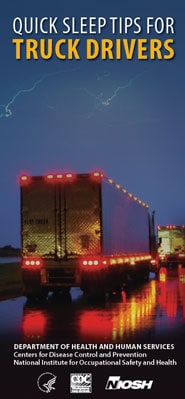©iStockphoto.com/DNY59
|
The statement calls for action by National Highway Traffic Safety Administration (NHTSA), all 50 states, the District of Columbia and Puerto Rico to reduce the legal standard based on NTSB's reviews of recent studies, its evaluation of motor vehicle crash statistics, as well a review of the motor vehicle operating standards and highway safety statistics in numerous developed countries worldwide.
According to the Society's statement, its members' interest in advancing highway safety is based on their professional commitment to work with employers to manage occupational safety and health risks that prevent workers from returning home alive and uninjured to their families each day. ASSE also notes that its members are aware that more workers in the U.S. die in transportation incidents than from any other cause. In 2012, transportation incidents accounted for more than 2 out of every 5 fatal work injuries, according to the Bureau of Labor Statistics.
While ASSE realizes that changing the standard will not solve the problem on its own, nor will it prevent repeat offenders of DUI and DWI incidents, the Society believes this change can still have an impact in an area where currently one-third of all fatal crashes involve a driver under the influence of alcohol.
Read the full release from ASSE's Government Affairs here.


















